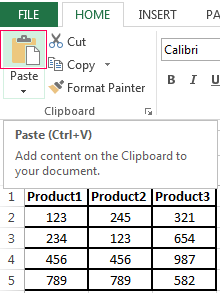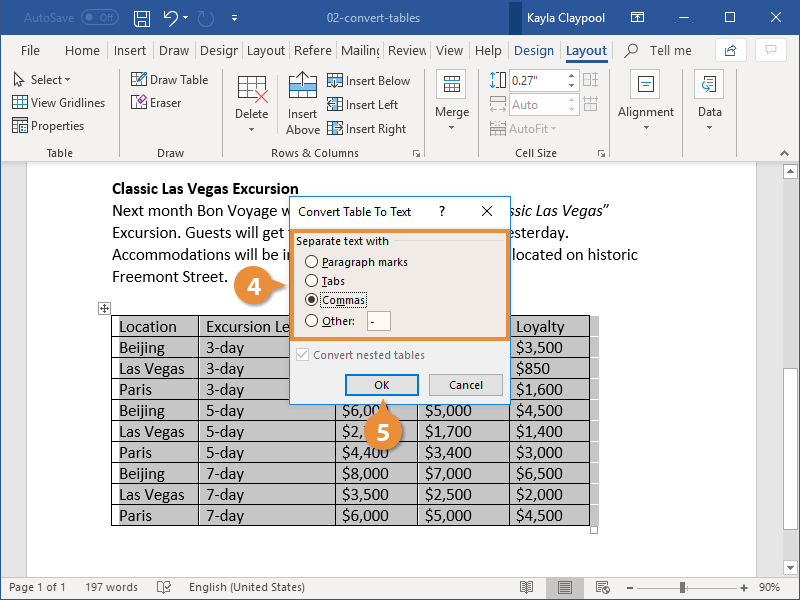

Word will typically insert a function and arguments in the Formula box.

In Word and Excel, you can use the same basic operators: Therefore, you can create calculations that refer to cells (such as =A1+A2). In a Word table, the first column would be column A and the first row would be row 1 so the first cell would be identified as A1. When you insert a table in Word, each column and row are identified like cells in Excel worksheets and each cell is assigned a cell reference. To insert a formula in a cell in a Word table, you'll need to use the Function command on the Table Tools Layout or Table Layout tab in the Ribbon:ĭo you want to learn more about Microsoft Word? Check out our virtual classroom or live classroom Word courses > Understanding formula syntax For example, the Table Tools Design tab may appear as Table Design.

For Word 365 users, Ribbon tabs may appear with different names. Note: Buttons and Ribbon tabs may display in a different way (with or without text) depending on your version of Word, the size of your screen and your Control Panel settings. Recommended article: 3 Simple Ways to Copy or Import Excel Data into Word (Linked or Unlinked) You can't perform text calculations or output text.
#How to insert a table in word without cells update#
For more complex calculations, it's usually best to create formulas in Excel where they will update automatically.įormulas and functions in Word tables only work with numbers.

When you insert formulas in Word tables, you are really inserting fields so the fields will need to be updated if the data in the table changes. These formulas can include functions such as SUM or AVERAGE or basic operators. You can insert formulas in Word tables to perform calculations. If we change the location of the Excel data source, we need to re-create the link, otherwise the data we change won’t be updated because Word won’t be able to find the source.Create Calculations in Word Tables Using Formulasīy Avantix Learning Team | Updated October 9, 2021Īpplies to: Microsoft ® Word ® 2013, 2016, 2019 or 365 (Windows) Once we have linked the Excel table to the Word document, we save both documents and keep them in the same directory. If the table does not fit correctly in the size of the page, we can click on one of the corners and resize until it fits perfectly on the width of the page. Just above it, the name of the file will be displayed, along with the name of the sheet where the data is and the cells that are part of the table. In the box that appears, click on paste link and then click on Microsoft Excel Worksheet Object. We place the cursor in the position where we want to include the table and click on the button special paste. Next, we go to the Word document where we want to display the linked data. To do so, we just have to click on the first cell on the left that contains the data and drag the mouse to the last cell on the right and copy the content to the clipboard. Next, we select the Excel table that we want to add to the Word document. The first thing we need to do is open both the Word document that includes the document and the spreadsheet where the table is located. Once we have clear the basic concepts of how linking works in Office, we are going to explain how we can add linked tables from Excel to Word. When linking the data, it has to be stored together in the same directorysince otherwise the file that needs to access them won’t find them and therefore won’t be able to display them. Not only can we link data from other applications that are also part of Office, but we can also link photos to reduce the final size of the documents, an especially useful function when the file in question includes a large number of content of this type.


 0 kommentar(er)
0 kommentar(er)
